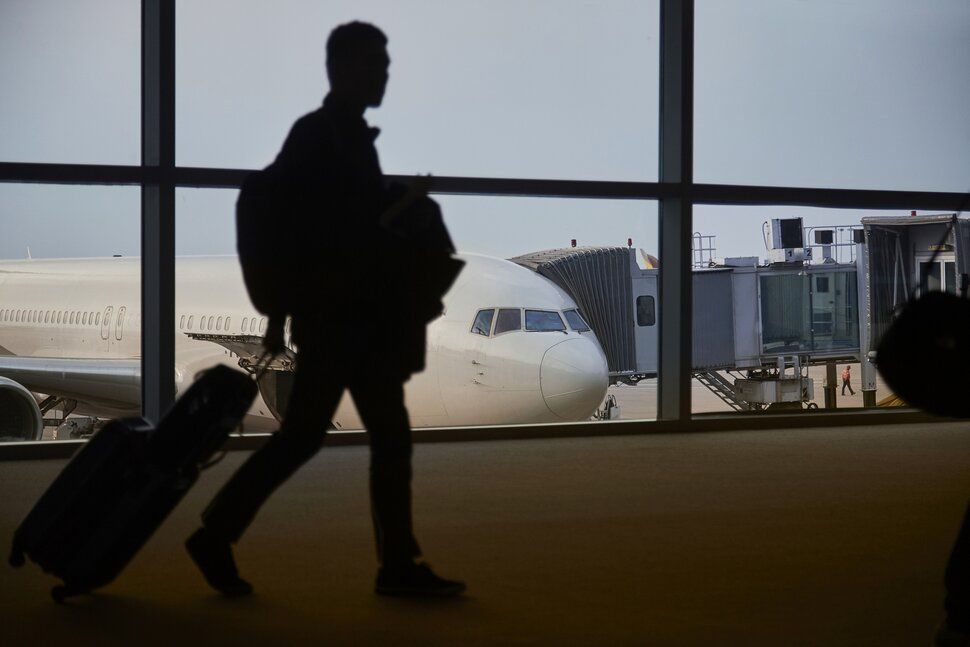News
Places the U.S. Government Warns Not to Travel Right Now

The U.S. State Department issues travel advisory levels for more than 200 countries globally, continually updating them based on a variety of risk indicators such as health, terrorism and civil unrest. Travel advisory levels range from Level 1, which means exercise normal precautions, to Level 4, which means do not travel there.
Nearly 20 countries, or about 10%, have a Level 4: “Do Not Travel” advisory as of Mar. 20. In Level 4 countries, the U.S. government may have “very limited ability” to step in should travelers’ safety or security be at risk, according to the State Department. Crime, civil unrest, kidnapping and terrorism are common risk factors associated with Level 4 countries.
Four Americans traveling from the U.S. to Mexico were kidnapped in early March. The two survivors and the bodies of the other two victims were discovered on March 7, in the Mexican state of Tamaulipas, one of six Mexican states on the Do Not Travel list. The U.S. State Department issues separate travel advisory levels for each of Mexico’s 32 states. Crime and kidnapping are the primary risk factors for states across the country.
Since Feb. 13, the State Department updated or renewed the Level 4 advisories for Myanmar and Russia, but no new countries joined the Do Not Travel list. Civil unrest, wrongful detention and health concerns are the primary risk factors for Myanmar, while the risk factors for Russia include terrorism and kidnapping.
Afghanistan
The Central Asian country is wrestling with “armed conflict, civil unrest, crime, terrorism, and kidnapping,” according to the State Department. U.S. citizens are specifically at risk for violence or kidnapping. In December 2022, the government reinstituted public floggings and executions, and women’s rights are disappearing under Taliban control. The U.S. Embassy in Kabul halted operations in August 2021.
Belarus, Russia’s neighbor, has been flagged for “arbitrary enforcement of laws, the risk of detention, the Russian military attack on neighboring Ukraine, and the buildup of Russian military in Belarus along the border with Ukraine.” The U.S. Embassy in Minsk halted operations in February 2022.
Burkina Faso:
Terrorism, crime and kidnapping are plaguing this West African nation. Terrorist attacks may target hotels, restaurants and schools with little to no warning, and the East and Sahel regions of the country are under a state of emergency.
Central African Republic:
While there have not been specific incidents of U.S. citizens targeted with violence or crime, violent crime and sudden closure of roads and borders is common. The advisory states that “Embassy Bangui’s limited capacity to provide support to U.S. citizens, crime, civil unrest, and kidnapping” is a factor in its assessment.
Myanmar (Formerly Burma):
Armed conflict and civil unrest are the primary reasons to not travel to this Southeast Asian country, which experienced a military coup in early 2021. COVID-19 restrictions, limited health care resources, wrongful detentions and “areas with land mines and unexploded ordnance” are also listed as risk factors.
Gaza:
Hamas, a foreign terrorist organization as designated by the State Department, controls much of the Gaza Strip, which shares borders with both Israel and Egypt. Terrorism, civil unrest and armed conflict are the primary risk factors. The advisory states that “sporadic mortar or rocket fire and corresponding Israeli military responses may occur at any time.”
Haiti:
Concerns about risk of kidnapping, crime and civil unrest are all prominent risk factors for Haiti, which borders the Dominican Republic in the Caribbean Sea. The country has experienced a number of natural disasters, which along with economic and social instability, contribute to chronic poverty. In October, the country’s prime minister asked for international security forces to help combat ongoing gang violence, stating that “the whole country has been taken hostage.” The travel advisory states that “U.S. citizens should depart Haiti now in light of the current security and health situation and infrastructure challenges.”
Iran:
Kidnapping and wrongful detentions are risk factors for all travelers, while U.S. citizens are specifically at risk for “arbitrary arrest and detention.” U.S.-Iranian nationals such as students, journalists and business travelers have been arrested on charges of espionage and threatening national security.
Iraq:
This winter, for the first time in four decades, this war-torn Middle Eastern nation hosted the Arabian Gulf Cup, an eight-nation international soccer tournament. But while the country appears optimistic about a more stable future, the U.S. government still puts Iraq on its “no-go” list. The State Department cites “terrorism, kidnapping, armed conflict [and] civil unrest” as cause for the country’s Level 4 distinction. Iraq’s northern borders, and its border with Syria, are especially dangerous.
Libya:
Following the end of its dictatorship over a decade ago, Libya has been wrought with internal conflict between armed groups in the East and West. Armed conflict, civil unrest, crime, kidnapping and terrorism are all risk factors. U.S. citizens have been targets of kidnapping for ransom, with terrorists targeting hotels and airports frequented by Westerners. The U.S. Embassy in Tripoli halted operations in 2014.
Mali:
After experiencing a military coup in 2020, crime, terrorism and kidnapping are all prevalent threats in this West African landlocked nation. In July 2022, non-emergency U.S. government employees and their families were ordered to leave the country due to higher risk of terrorist activity.
Mexico:
Each state in Mexico is assessed separately for travel advisory levels. Six of the 32 states in Mexico are designated as Level 4: Colima, Guerrero, Michoacan, Sinaloa, Tamaulipas and Zacatecas. Crime and kidnapping are listed as the primary risk factors throughout the country.

